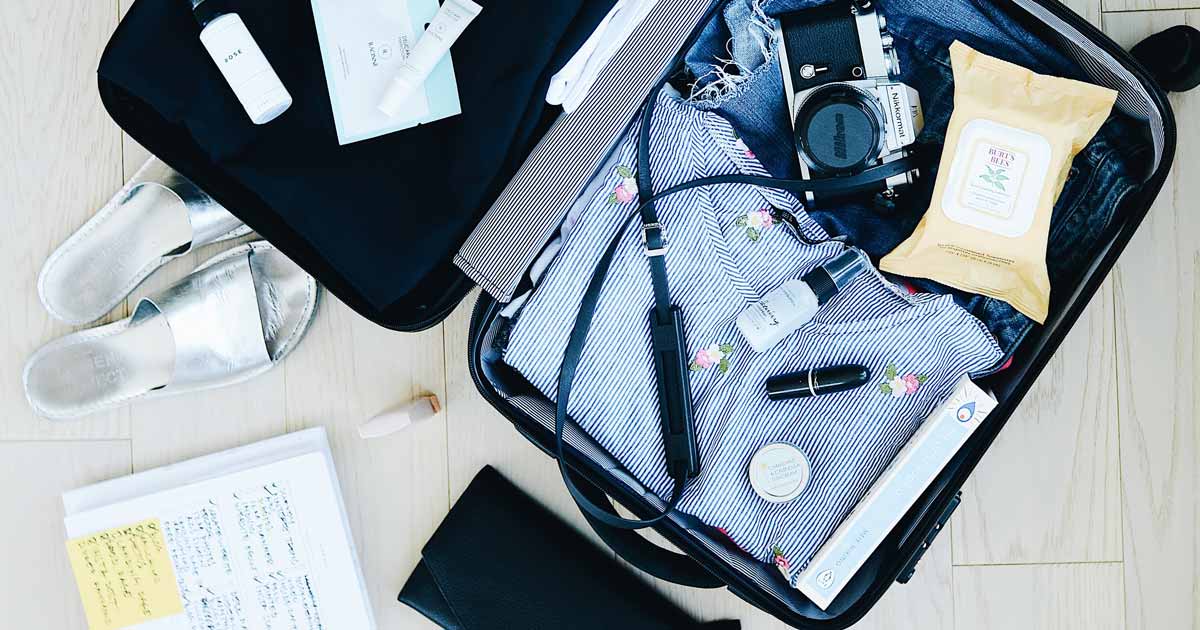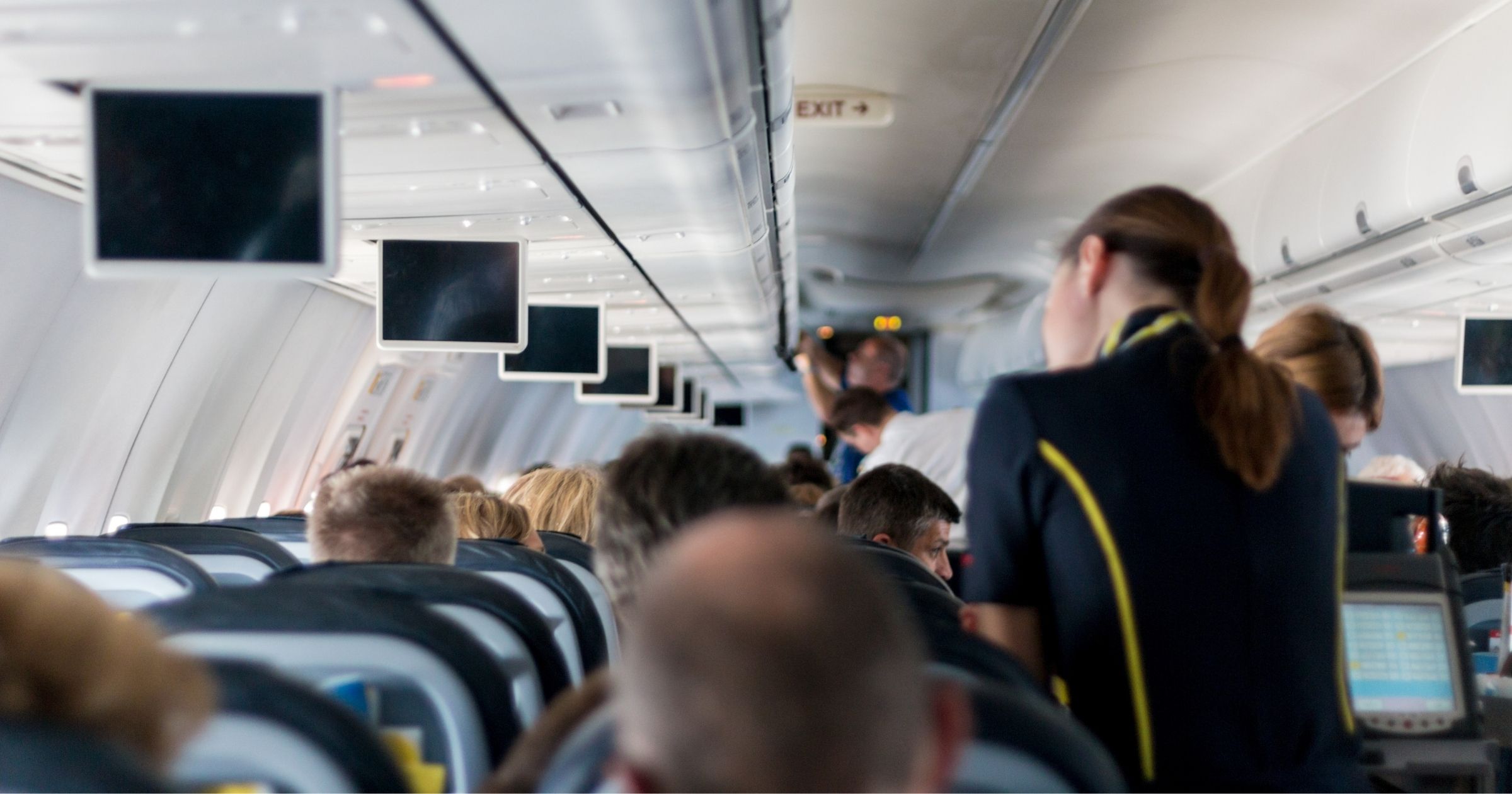Quality Workspace in the Workplace
You know that scene in the movie Office Space, when the characters break free from their stifling cubicles, steal the malfunctioning printer, and use baseball bats to bash it to pieces in a field? Have you ever felt like that about your workspace?
And then there's the opposite extreme—those business (and it seems like they're always someplace granola crunchy, like Seattle or Portland) that have gone to the opposite extreme: sleeping pods for midafternoon naps, pingpong tables in the break room, and an office puppy to keep spirits happy. What is the appropriate balance?
Here at Serendipity Media, we have recently expanded to the degree that we needed to add more work areas, leading to discussions about changing our workspace configuration and purchasing new office furniture. Big decisions—knock out a wall to access the space next door, or provide more compact work areas to accommodate our growing number of employees? And what will those work areas look like?
At our November company retreat we toured workspaces, considering the different design and layout options; later in December, some of us toured workspaces at a local business hosting a professional development opportunity. Let me just say that things have come a long way from the Dilbert cartoon stereotype of the cubicle. It's clear that addressing different work styles and accommodating employees' need for interaction, quiet space, or even movement makes for a much better work environment.
Every day, it seems we hear about new innovations in the workplace to make employees' space not just more productive, but more pleasant, contributing to productivity in a much more holistic way. Yet deciding which design elements will work within your existing space for your business' particular needs, considering not only budgetary concerns but also what will satisfy your employees' expectations, can be stressful.
"Place matters," said Kasie Smith, Serendipity Media president and publisher. "Creating an environment that represents your brand matters. As employers, there's a responsibility to create an environment for both introverts and extroverts that maximizes productivity." Creating a flexible work environment is a priority. Providing the sales team with private office space so their sales calls are not a disruption to the rest of the team is a priority. Providing meeting space for collaboration, and an atmosphere where employees can connect is also important.
As we chose new office equipment, all staff members reviewed different options and discovered that it might be tricky to come to consensus. "That's hard, when you're making a big investment," Smith said. "Will everyone like it? And there's the chaos that comes with a changeover—downtime due to painting, electrical and IT work, as well as construction of the new work spaces."
As we've discussed in our office what environmental elements contribute to our "happiness index," we've discovered there are a lot of things that come into play. Efficient workspaces, comfortable chairs, and spaces that facilitate communication are beyond value. But sometimes it's the simpler, or less "sexy" things—onsite parking, a printer that works quickly and reliably, or a picnic table for lunch outside—that add significantly to our day-to-day happiness and productivity at work.
We're curious: What changes in your physical workspace have made the biggest impact on your "happiness index" and productivity? Please share your comments!
Written by Jennifer Reynolds, Groups Today staff writer.



